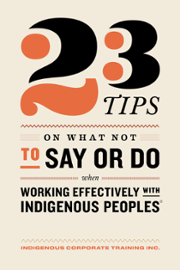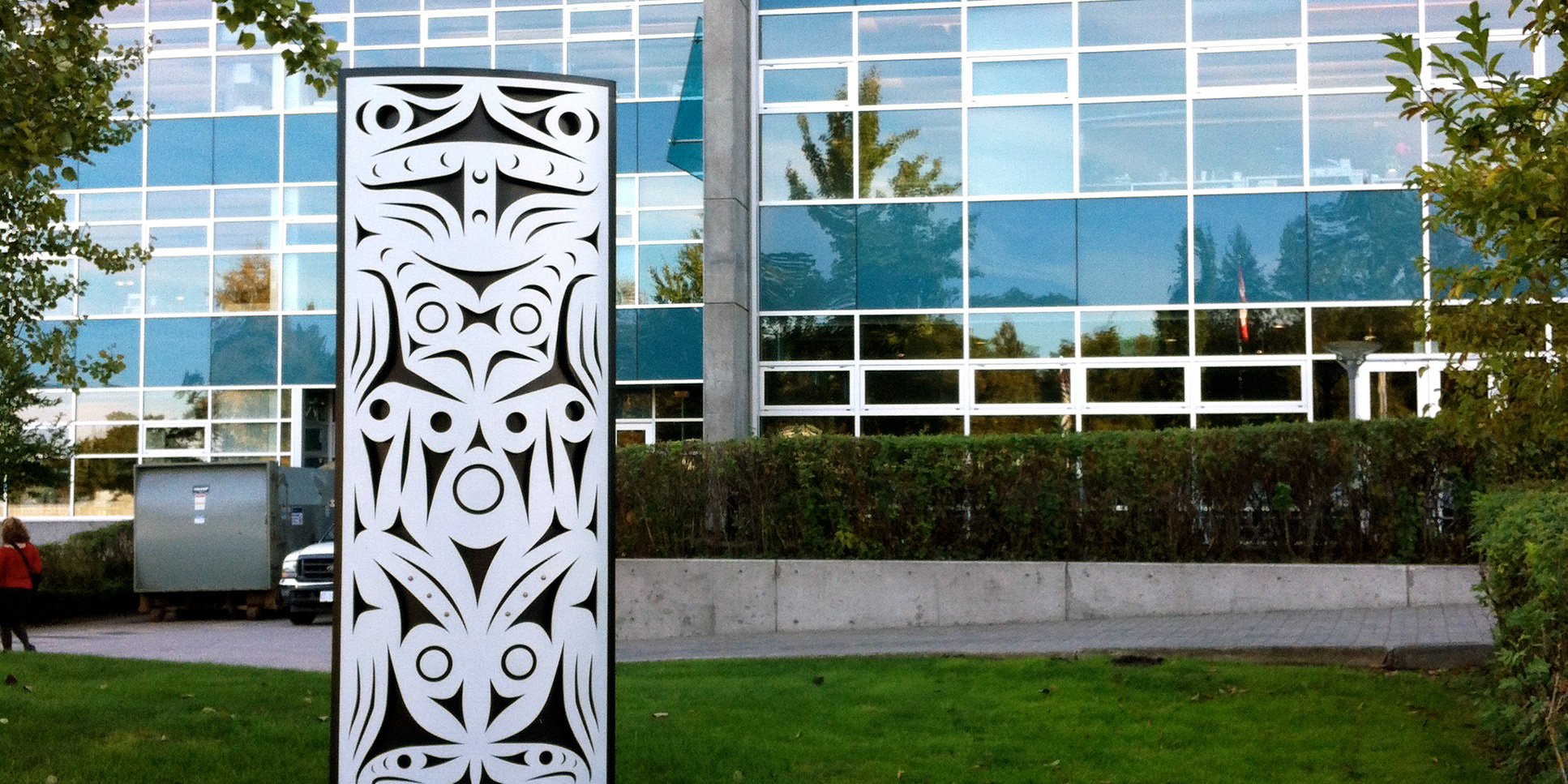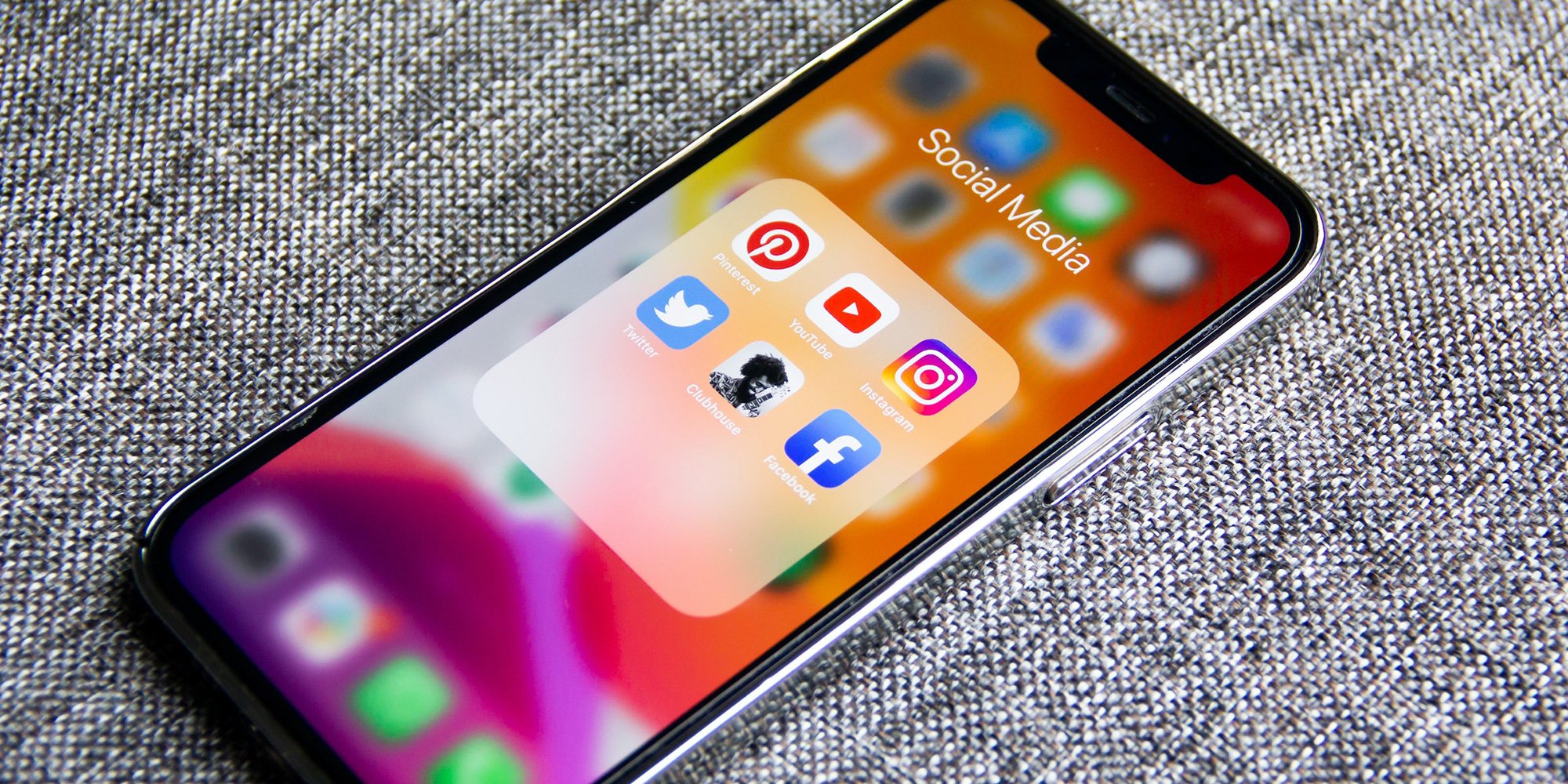Over the past few years, we have had the privilege of interviewing a number of people who have lots of knowledge and experience in First Nation consultation. Below are 20 of the their collective top tips for effective, respectful consultation. These tips are from Frank Busch, Bruce Falstead, Rhonda Maskiewich and Dan Jepsen.

- Engage early and often – don’t leave a few phone messages, send a few emails and call it engagement.
- Always keep in mind that from the perspective of a First Nation community, you are asking to explore in their backyard – and that it’s been their yard since time immemorial.
- Understand the differences in priorities – your time line and priorities are not going to be the same as those of a First Nation community as they are frequently dealing with housing, health, employment and education issues. If your project does not go ahead, the community has not really lost anything because those assets – the minerals, the timber, the oil and gas – will still be there without the risk to the environment.
- Be patient.
- Have a sense of humour.
- Start early, don’t wait until there’s a project because then you look like a traveling salesman.
- Start an Aboriginal education and training program - Aboriginal People are the fastest growing segment of the population - they are your future workforce.
- Educate existing staff - enroll them in Indigenous relations training.
- Be cognizant of environmental concerns Aboriginal people have in regard to protecting their traditional food sources.
- Look at leaving a legacy – start a legacy fund or scholarship where a portion of the proceeds from the partnership go into that fund so that after you have gone there is a lasting benefit.
- Your track record in First Nation engagement and respect for the environment is readily available on the internet. First Nations are frequently in touch with Indigenous communities around the world, so if your company has not performed well in other jurisdictions, we in Canada will know about it.
- Always remember that you are engaged in a human relationship – it’s all about people working with people.
- Listen and go slowly. When you want to get something done in the community, if you go slowly, you’ll go fast.
- Treat each person with respect.
- Understand that their time line is not the same as yours.
- If there is a concern or a problem, use a joint approach to sorting it out. Treat each interaction with Aboriginal people as an opportunity to learn.
- Don’t come in as though you know everything - learn what is important to their community.
- You may have lots to share, but you also have lots to learn.
- Approach working with Aboriginal people with humility and a good sense of humour.
- Recognize that each community is unique with its own traditions and requirements.
We have lots of Free eBooks for you to download. Here's one of our most popular eBooks.




